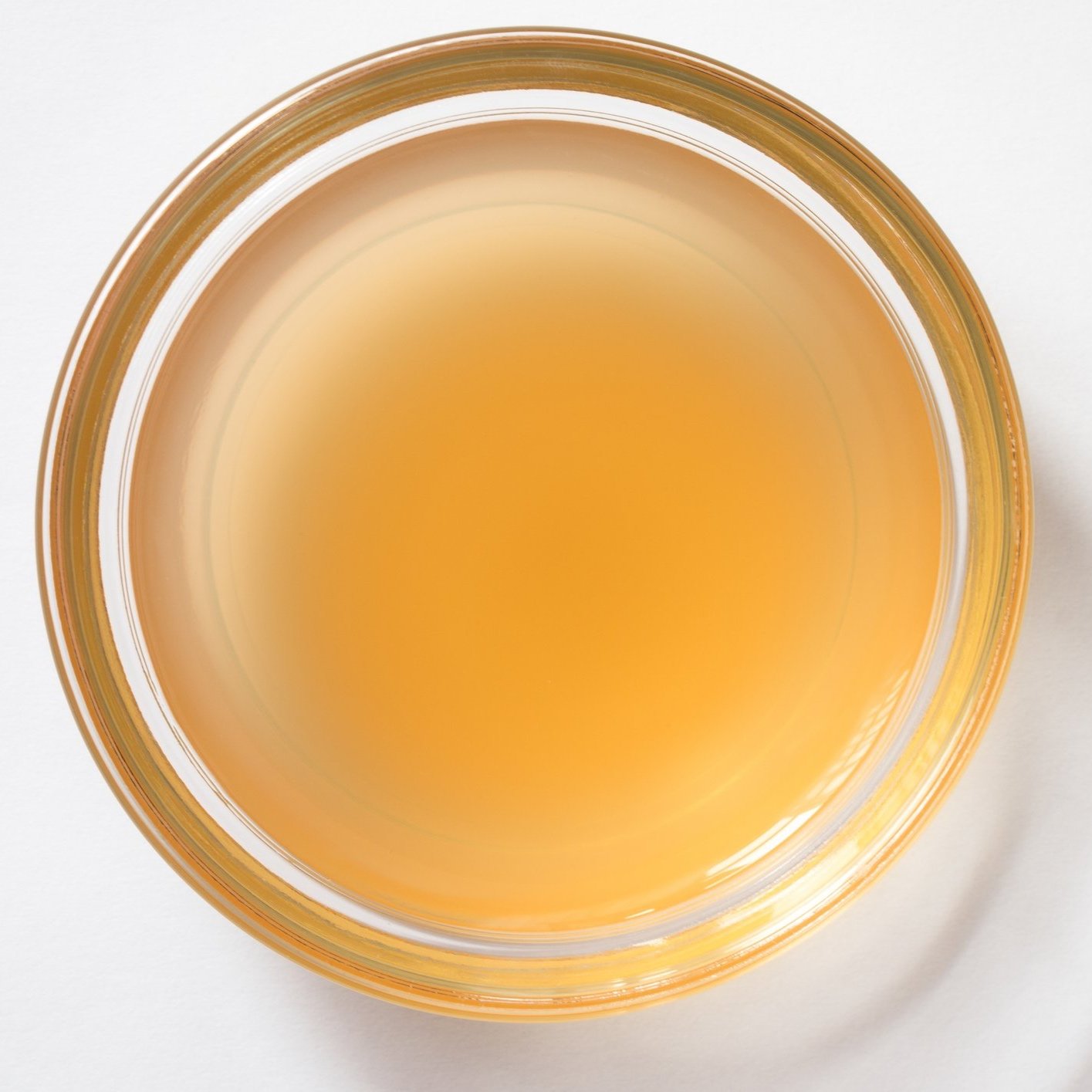How To Make Apple Cider Vinegar At Home
Apple Cider Vinegar Mother or SCOBY or Mother of Vinegar. It has many names but what is it exactly and where can I find one? A SCOBY is a Symbiotic Colony Of Bacteria and Yeasts. The bacteria and yeasts feed on the sugars in the apples or juice that you feed it and convert it to alcohol. then further into acetic acid (vinegar).
You can definitely try your hand at growing your own apple cider vinegar mother. It’s a rewarding process if you have the time and patience. However, if you are like most of us time is a precious commodity. You can easily order a mother of vinegar HERE.
There are many ways to brew apple cider vinegar at home. We will go in depth into two of them. Each method calls for a vinegar mother but each recipe is very different so listen up and decide which is best for you and your lifestyle.
Method #1
I call this the “Plain and simple’ OR “Who has time for that!” method. It’s pretty much a 1,2,3 and done. The hardest part is waiting for it to finish so you can enjoy the benefits.
Ingredients:
ACV Mother
4 cups Apple Juice** (Raw or pasteurized is fine)
1/4 cup strong apple cider vinegar starter
(Homemade apple cider vinegar tends to be less concentrated so if you are using your previous batch use 1/3 cup. If your brew is particularly strong use 1/4 cup)
How to brew:
In a glass jar, pour in your room temperature apple juice. You don’t want the juice to be cold as this will make your ferment more susceptible to mold by causing the mother of vinegar to go into a semi dormant state.
Next, add your starter vinegar. This can be from a previous batch of apple cider vinegar or if you purchased a mother of vinegar it will usually come with vinegar starter. You want this starter to be very strong. This drops the PH of the apple juice to a safe level to avoid mold growth.
Now add your mother of vinegar. At this point it really doesn’t matter if it sinks or floats. It will most likely sink and then slowly make its way up to the surface. It might even just hang out at the bottom. Either way is OK and perfectly normal.
Place a tight weave breathable cover over the jar and secure with a rubber band. A paper coffee filter works well. The yeasts and bacteria need access to oxygen but you want to keep out dust and pesky bugs like fruit flies. The weave on cheese cloth is not near tight enough to keep out bugs. Trust me they will burrow into the fabric and find their way into your ferment.
Ferment out of direct sunlight for about 30 days. After about a week or two you will notice the juice has become a bit murky and possibly a new vinegar mother has started to form at the surface. That’s good. Start tasting the vinegar at the 30 day mark. If its still on the sweet side leave to ferment a few days longer and taste again.
**Don’t Stress about the sugar content of the apple juice. The sugar will be eaten up by the bacteria and yeasts.
Method #2
Ingredients:
2-3 small apples (Skin and cores are fine to use as well)
1/4 cup pure cane sugar
1/4 cup strong apple cider vinegar starter
(Homemade apple cider vinegar tends to be less concentrated so if you are using your previous batch use 1/3 cup unless your brew is particularly strong)
4 cups water
ACV Mother
How to brew:
Heat 1 cup of water in a glass jar and dissolve the sugar. Let cool to room temperature.
Add the remaining 3 cups of water.
Chop apples, remove the seeds, and add the apples to the sugar water.
Next pour in the strong apple cider vinegar starter and stir.
Now its time to add the apple cider vinegar mother.
Place a tight weave breathable cover over the jar and secure with a rubber band. A paper coffee filter works well. The yeasts and bacteria need access to oxygen but you want to keep out dust and pesky bugs like fruit flies. The weave on cheese cloth is not near tight enough to keep out bugs. Trust me they will burrow into the fabric and find their way into your ferment.
Ferment out of direct sunlight for about 30 days. After about a week or two you will notice the juice has become a bit murky and possibly a new vinegar mother has started to form at the surface. That’s good. Start tasting the vinegar at the 30 day mark. If its still on the sweet side leave to ferment a few days longer and taste again.
**Don’t Stress about the sugar content. The sugar will be eaten up by the bacteria and yeasts.
Tips:
If you see scum forming on the surface don’t fret. That’s the start of a new mother of vinegar.
Homemade apple cider vinegar tends to be less concentrated so if you are using your previous batch as your starter use a little bit more starter than the recipe calls for. If your last batch was particularly strong its OK to stick to the recipe. Let your taste buds be your guide.


